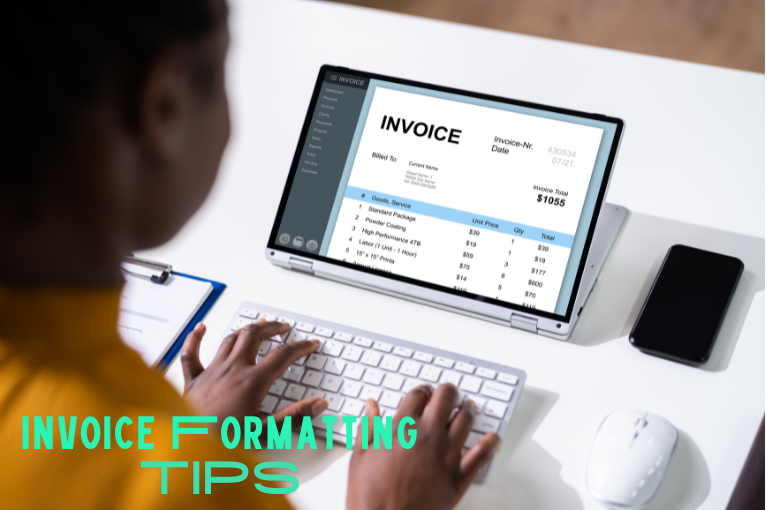The best way to maximize your collection efforts is to minimize the number of collections you have in the first place, and reducing the number of accounts in collections starts with formatting your invoices.
Invoices are the primary means of asking your customers to pay you for services rendered, but their effectiveness can vary dramatically depending on whether or not they include the following five essential elements.
Number Your Invoices
One of the easiest ways for customers to miss payments is when they assume that multiple invoices are the same invoice sent numerous times. This can lead to a problematic “Who’s on First” routine of explaining which invoice goes to which service.
The easiest way to avoid this confusion is to number your invoices so that you and the client both know which one you are talking about at all times.
Detail Your Payment Terms
Another surprisingly common formatting mistake is failing to explain the details of your payment terms. The best way to make sure everything is clear here is to always include a specific deadline for the payment.
Note Your Late Fees and Interest
Once you include a payment deadline, it naturally follows that you will need to detail the consequences of failing to meet that deadline. In most cases, this will consist of some form of a late fee and perhaps an interest penalty as well.
While the terms of your arrangement will likely be spelled out in your operating agreement with a client, adding a polite reminder on your invoicing is a great way to remind them that you need to be a high priority to them.
Explain How You Want Customers to Pay
It doesn’t do much good to explain all the consequences of failing to pay if you don’t break down exactly HOW a customer should go about paying you.
Regardless of the type of payments you prefer to accept, make sure that you note those methods at the bottom of all invoices so that customers are aware. And if you are going to charge a fee for credit card payments, which is becoming more and more common, make sure that you note that as well!
Don’t Forget Contact Information
It is also common for businesses that use basic invoice templates to omit their own contact information from those invoices. If you make this mistake, you’ll be making it more difficult than it should be for customers to contact you about a potential issue.
Make sure that all of your invoices include a mailing address for sending payments, a phone number and email for any issues with payments, and a website address for online payments if you have one available.
No matter how good you might be at collecting from outstanding accounts, the best way to handle any collection situation is to prevent it from ever happening in the first place. Taking these steps to ensure that your invoices are solid is a fantastic step in the right direction that you absolutely want to have in place for your business.

